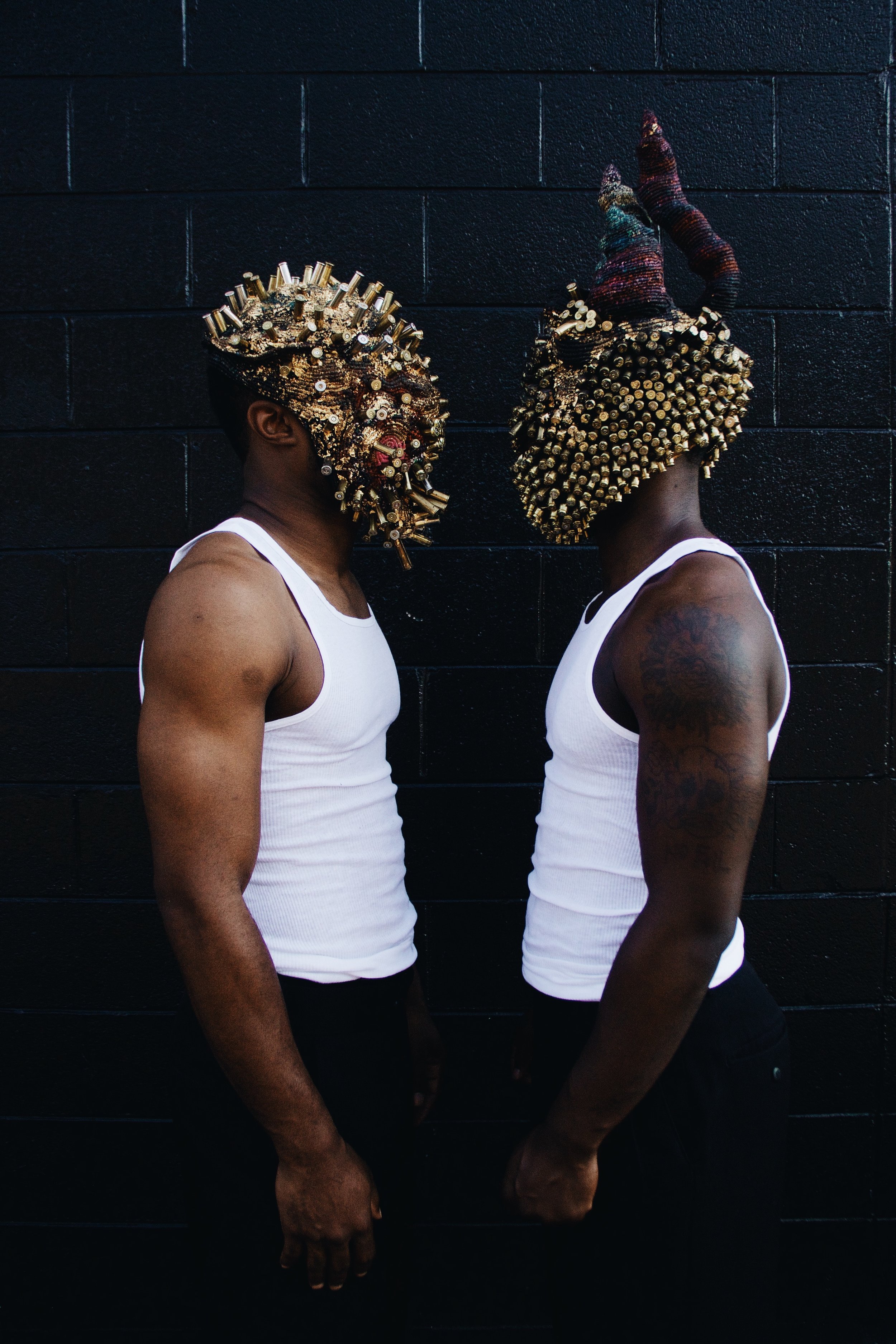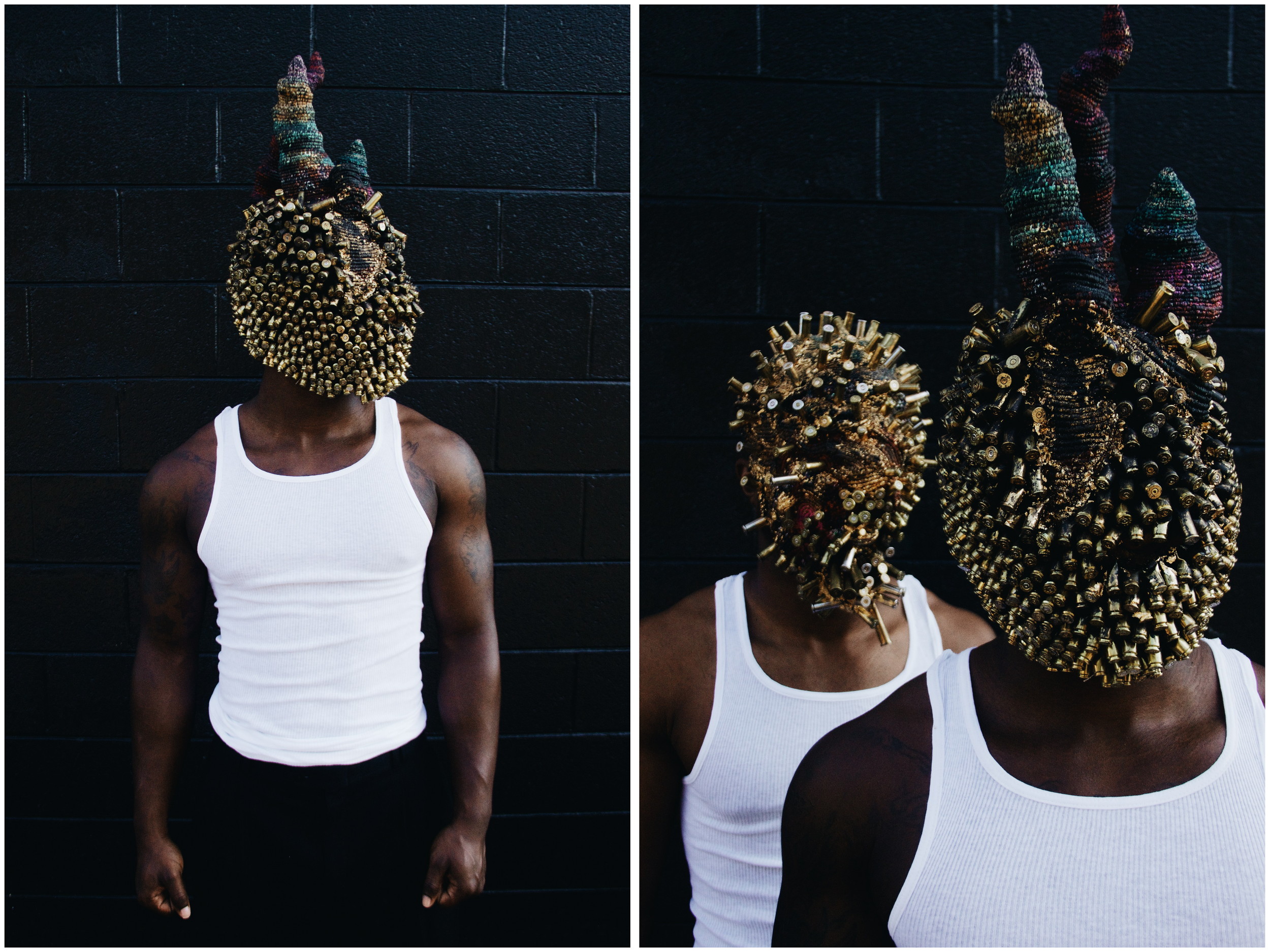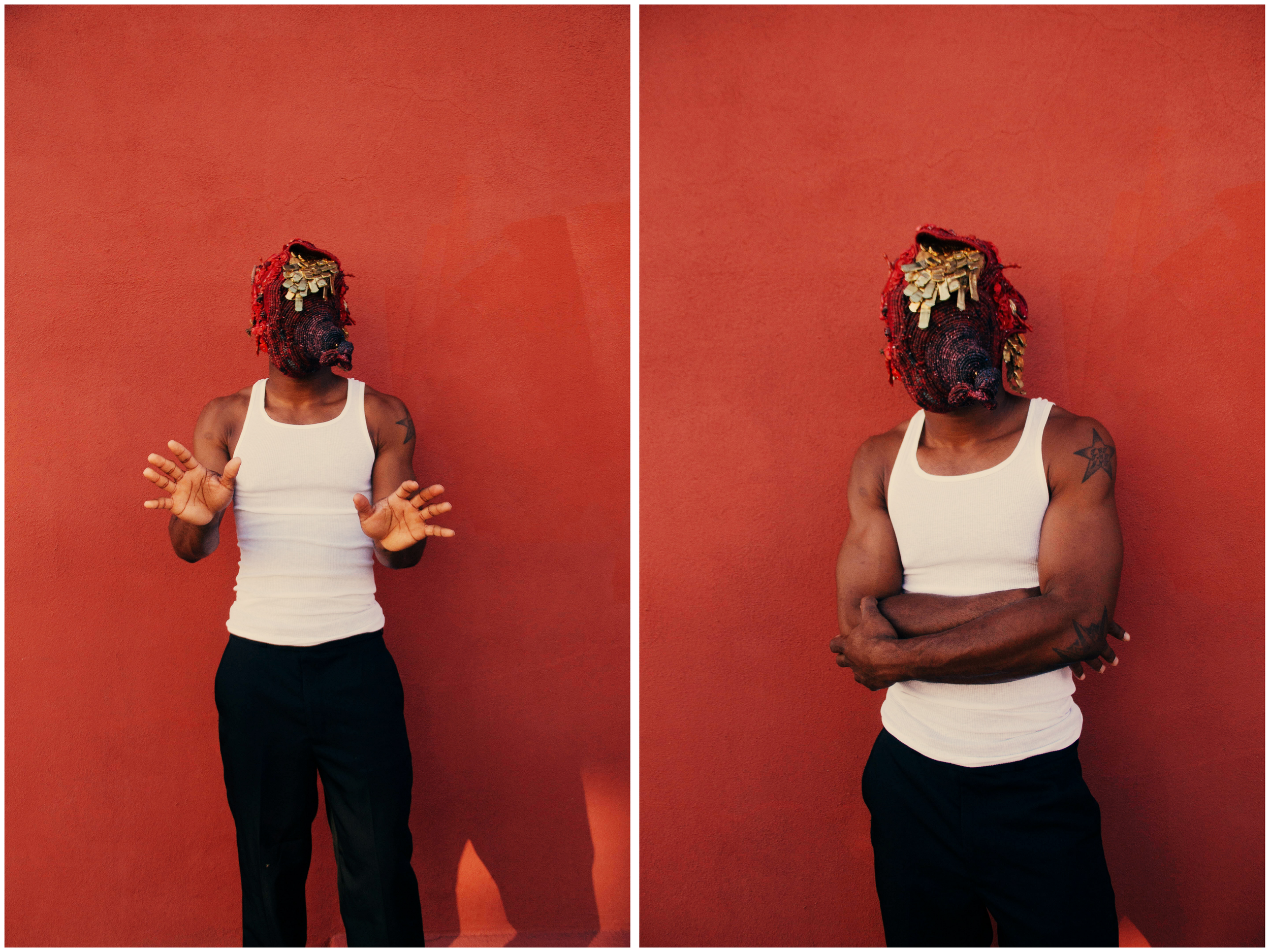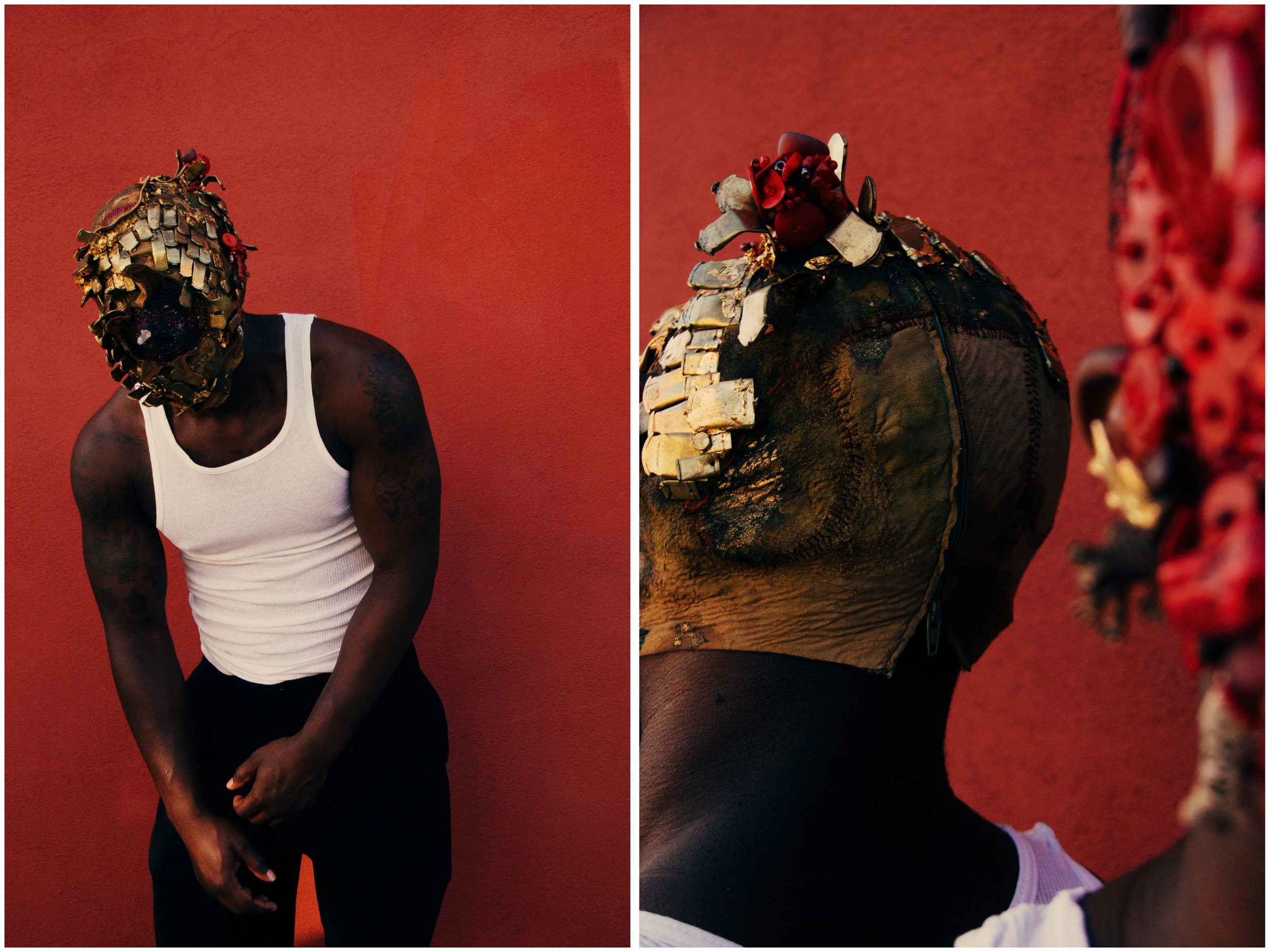20SDS: Lakea Shepard
 Ashley and I always meet to share and gather inspiration (and of course eat good food), however we both had been at a creative standstill. I remember Ashley sliding me her phone across the dinner table to show me this young artist's website. Lakea was our missing piece and just what we BOTH needed. She will be apart of our next event, Trade Collective. The Trade Collective runway showcase is about featuring artists who are moving art in a boundless direction. Meet Lakea:
Ashley and I always meet to share and gather inspiration (and of course eat good food), however we both had been at a creative standstill. I remember Ashley sliding me her phone across the dinner table to show me this young artist's website. Lakea was our missing piece and just what we BOTH needed. She will be apart of our next event, Trade Collective. The Trade Collective runway showcase is about featuring artists who are moving art in a boundless direction. Meet Lakea:
I was in complete amazement at her work. Lakea Shepard describes herself as a fine art textile designer/artist whose extremely detailed head pieces not only places the viewer in awe, but tell extraordinary stories.
Her head-wear can both be worn as performance pieces or they can be displayed as sculptures. Lakea's pieces are oftentimes autobiographical, and tell stories about relationships, family, love, loss and relationships. She also dives into many relevant subject matter such as black hair culture and Black struggles.
Lakea studied Visual Arts at the UNC School of the Arts then transferred to College for Creative Studies in Detroit where she graduated with a BFA in Crafts with a focus in Fibers/Textile Design. She has held exhibitions in DUMBO, NY, North Carolina and various parts of Michigan. We were so excited when we got to sit in Lakea's living room and hear the stories behind the work--especially from the collection “Poppa Said Girls Don’t Play With Guns," the collection featured in this blog post. (Photography by Ashley Johnson)
Q. Where do you draw your inspiration? A. I draw inspiration from black culture, whether it is on a conscious (experiences) or subconscious (dreams) level. I am also inspired by colors, textures, the way things feel against my skin and the way things look against different skin complexions. I consider my work to be a three-dimensional journal. If we never share our personal stories with other generations or ethnicities how would they know we exist? I want the generations after me to have a greater understanding than I did of who they are and where they come from.
Q. I noticed the different form of media you use? Can you tell more about that and why you use it? A. Quite honestly, I use anything and everything I can get my hands on. But, due to the fact that I am a descendant of slaves I use a lot of African techniques such as basketry, weaving and beading. Certain symbols and colors may also be referenced from African culture. To counteract that, I also incorporate universal items such as bullets and gems that can be understood/interpreted regardless of the viewer’s background. Most of the materials that I use are repurposed, salvaged, or gifted to me. There are times where I’ve made an entire series of pieces with less than $21. There are other times I’ve spent close to $300 just on beads for one piece. Because of my background in Crafts I am able to step outside the box and incorporate metals or ceramics. If I have the resources to an abundance of material I am going to take advance of the opportunity.
Q. What is the process behind your work? A. The process behind my work is very detailed. Everything I do is meticulously planned out until I reach that moment of pure spontaneity (I’m sure all artists go through this stage). In order to successfully follow through with my concepts, I’ve developed a three-step process called, TEC. The first phase is called “Think.” This involves compiling research, questions, and answers that support the chosen concept. The second phase is called “Explore.” “Explore” is the discovery of form, materials and details that best convey the conceptual idea. Once the concept, composition and material coincide the last phase then takes place: “Create.”
Q. I noticed that majority of your pieces have the color red, what is its significance? A. Red thread is how I sign my work and make all of my ideas, concepts, and designs come alive. That said, red thread is known as symbol of womanhood and femininity in certain African cultures. Red is also the color of the blood that runs through every living being’s veins. When I stitch red thread into my work I am justifying that whatever I have made is an original thought of a black woman. Symbolically, the red threads are the veins within my work. Once I stitch them in my concepts come alive.
Q. What was your inspiration behind “Poppas Said Girls Don’t Play With Guns”? A. Death, slavery, sacrifice, nostalgia, and memory jugs inspired “Poppa Said”. Memory jugs were slave tombstones, which were made out of plastic bottles and random knick-knacks that were reminiscent of loved ones that passed away. Memory jugs were created to properly acknowledge the deceased and their contributions. I used this idea to create modern day tombstones that recognized the sacrifices made by the many generations of African-Americans before me. This series was created in diptychs in order to physically show the growth and progression we’ve (African Americans) made from the wisdom that has been passed down from our ancestors.
Q. What was your favorite piece or collection to work on? Why? A. This is a hard one to answer. None of them were my favorite to work on, simply because of the tedious nature of the techniques. But I can say Farewell brought me the most growth. It pushed me to limits (mentally and physically) that I didn’t know I could reach.
Q. My favorite piece of yours is “Farewell,” (not pictured but can be seen at her website here) what was the inspiration behind that piece? A. Farewell was inspired a tiny mask pendent I found while roaming through Edsel and Eleanor Ford’s art collection in Michigan. The brass mask pendant made by the Ashanti tribe of West Africa, Ghana is either worn around the neck or head during ritualistic ceremonies such as funerals. Its purpose is to protect the wearer from being possessed by demons, and to draw in the positive forces from the spirit of the deceased. What intrigued me about the mask pendant was its minuscule size. I had to be very close to it to appreciate the intricate carving beneath the rust and dust that covered it. I developed an intimate relationship with the piece. The idea for a headdress came to me in a dream about the death of a friend. Unable to attend his funeral, I created this piece to commemorate and honor the memories of my beloved friend. With that said, every color and every precious stone used is symbolic of specific characteristics that I considered admirable about him. For instance, the blue threads and turquoise is symbolic of his birth month and his resurrection into the heavens.
Q. What can we expect to see next from Lakea Shepard in the future? A. You can expect to see progression. I am my biggest critic (and I’m not saying that lightly), so I try to outdo myself with everything that I make. At the moment I am collaborating with two other designers making one of a kind handbags. They will be a collage of materials, designs, and textures. If you like an over the top statement piece, then you’ll love these handbags. The collection will debut in December in Detroit, Michigan. Besides that, I am aiming to own a studio, a place where I can continue to build my brand. I also want this studio to be a place where other artist of color can come and have a space to create. I know how lonely it can be as a young black artist, and I want to provide a place where we can come together and express ourselves without judgment or unnecessary pressure. But in the far future, expect to see my work in museums, on runways, and in stores across the country. I want my wisdom to live on and my talent to be historic forever.

Special Thanks to our awesome models Avery Johnson and Darrel Hancock. It's not easy standing outside in 70 degree weather with your face covered in wool and bullets. Cars slowed down to see what we were doing and they still did every weird thing we asked! THEY WERE THE BEST! 









